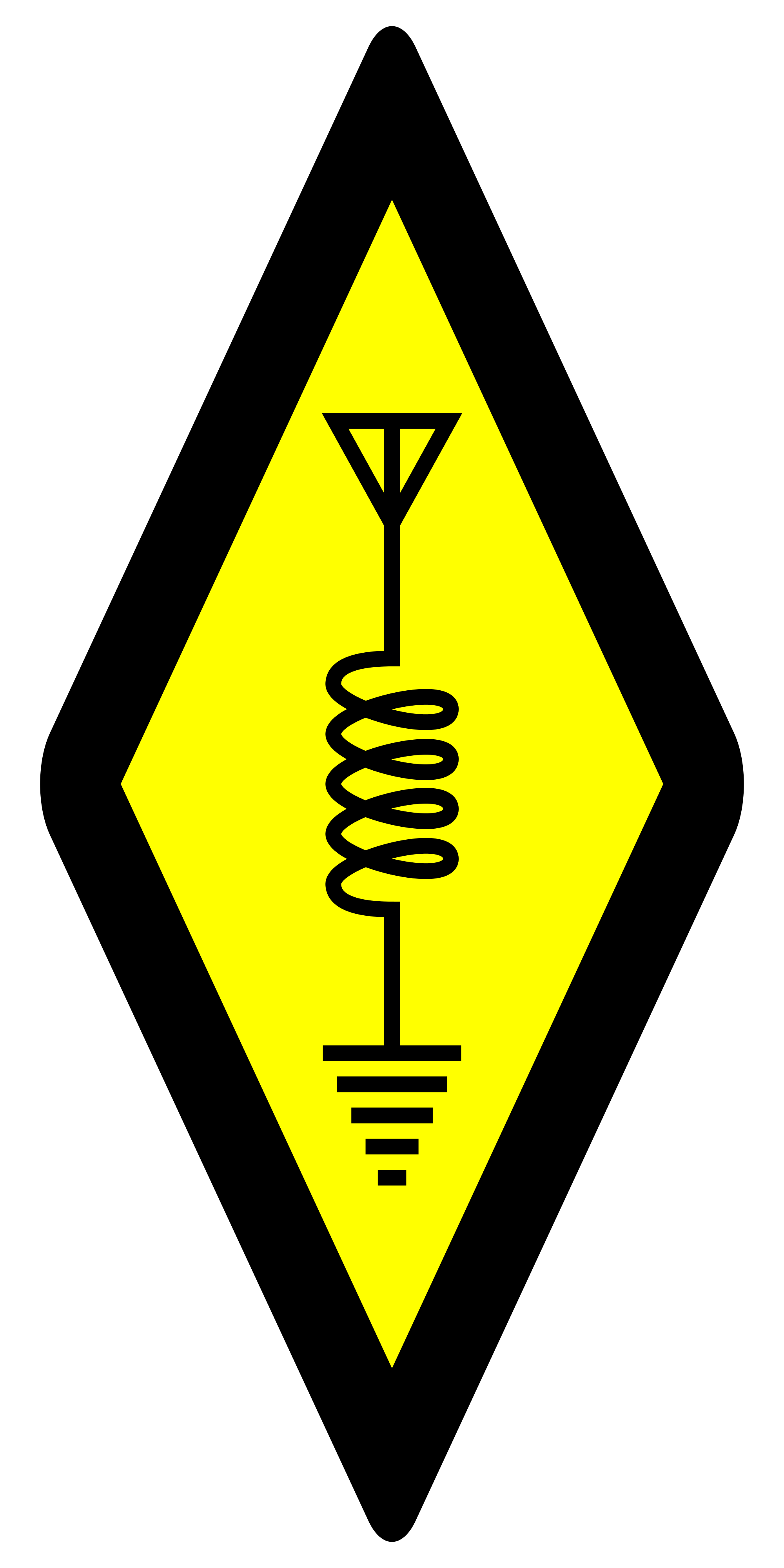- 11 Posts
- 12 Comments
The RovyVon Aurora A5 (G3) in my pocket with an SD. Love this little guy. I’ve actually killed one with the washing machine (I lost the USB plug after I’d pulled it out to dry it after a previous washing machine incident, and so it got washed without the plug which I don’t recommend) and replaced with a Fenix E05R.
That Fenix has a very cool screwed in with an o-ring deal for waterproofing and WILL survive the washing machine, but, I didn’t love it the same, and gave it away so I could buy another Aurora A5.
There’s a few variants of the A5 - mine is glow in the dark - strong enough that if you charge it with the inbuilt UV led you can still find it in your tent all night, simple interface, good choices for brightness, which it remembers between cycles, and standard USB C charging. Great stuff.
On my keys, the Olight i1R 2 - Mine does not look like that picture! It’s been jingling against my keys going on three years. You can still see it’s desert tan around the barrel, but the knurled parts (it’s a twisty with two brightness levels) have a delicious tan/aluminum patina that makes me smile every time I dump my keys in the bowl. 150 lumens out of something the size of a pinky on a band saw is the sort of thing that satisfyingly impresses little kids.
I know these seem commercial and simple to real lightheads who know about led/tint combos (my A5 rocks a Nichia 219C), but these things give me pleasure every day and cost very little. They are both great choices as gifts for any muggles in your life.

 0·10 months ago
0·10 months agoMy step-up from Pi was to ebay HP 800 G1 minis then G2’s. They are really well made, there’s full repair manuals available, and they are just a pleasure to swap bits in and out. I’ve heard good things about, and expect similar build quality from the 1 liter Lenovos.
I agree that RAM is a likely constraint rather than processor for self-hosting workloads. Particularly in my case as I’m on Proxmox and run all my docker containers in separate LXCs. I run 32GB in the G2’s which was a straightforward upgrade (they take laptop like memory). One some of them I’ve upgraded the SSDs, or if not, I’ve added M.2 NVME drives (that the G2’s have a slot for).

 0·10 months ago
0·10 months ago- Climate change contributing to
- Climate refugees contributing to
- Breakdown in social cohesion contributing to
- Populism, oligarchs, and authoritarianism contributing to
- Breakdown of international cooperation contributing to
- Inter-nation conflict contributing to
- GOTO 10

 1·10 months ago
1·10 months agoYeah na, put your home services in Tailscale, and for your VPS services set up the firewall for HTTP, HTTPS and SSH only, no root login, use keys, and run fail2ban to make hacking your SSH expensive. You’re a much smaller target than you think - really it’s just bots knocking on your door and they don’t have a profit motive for a DDOS.
From your description, I’d have the website on a VPS, and Immich at home behind TailScale. Job’s a goodun.

 38·10 months ago
38·10 months ago+1 for the main risk to my service reliability being me getting distracted by some other shiny thing and getting behind on maintenance.

 0·10 months ago
0·10 months agoI love this idea (of just picking something I’m loving each month), it would help me overcome my decision paralysis about who to support.

 0·10 months ago
0·10 months agoYes, a few. Signal (daily use), LetsEncrypt & Certbot (EFF). It’s not enough.
One day I decided I’d spend $x every January (when I do all my other donations) on open source stuff I depend on, and roughly in the proportions I depend on them. It quickly became impossible - I can’t just fund Debian (which I use a lot of in VMs), I’d need to think of all their dependencies, same with NGINX, Node etc etc. The mind boggles.
I need something like a Spotify subscription for open source to assuage my guilt of the great value I extract for my personal use of open source.

 0·10 months ago
0·10 months agoThanks. I’ll keep an eye out. Now I know that it gets daily use, a more expensive machine doesn’t seem so crazy.

 0·10 months ago
0·10 months agoYes, and it’s very phrased based, so you sort of absorb the grammar without a lot of explicit rules.

 5·10 months ago
5·10 months agoI started as more “homelab” than “selfhosted” as first - so I was just stuffing around playing with things, but then that seemed sort of pointless and I wanted to run real workloads, then I discovered that was super useful and I loved extracting myself from commercial cloud services (dropbox etc). The point of this story is that I sort of built most of the infrastructure before I was running services that I (or family) depended on - which is where it can become a source of stress rather than fun, which is what I’m guessing you’re finding yourself in.
There’s no real way around this (the pressure you’re feeling), if you are running real services it is going to take some sysadmin work to get to the point where you feel relaxed that you can quickly deal with any problems. There’s lots of good advice elsewhere in this thread about bit and pieces to do this - the exact methods are going to vary according to your needs. Here’s mine (which is not perfect!).
- I’m running on a single mini PC & a Synology NAS setup for RAID 5
- I’ve got a nearly identical spare mini PC, and swap over to it for a couple of weeks (originally every month, but stretched out when I’m busy). That tests my ability to recover from that hardware failure.
- All my local workloads are in LXC containers or VM’s on Proxmox with automated snapshots that are my (bulky) backups, but allow for restoration in minutes if needed.
- The NAS is backed up locally to an external USB that’s not usually plugged in, and to a lower speced similar setup 300km away.
- All the workloads are dockerised, and I have a standard directory structure and compose approach so if I need to upgrade something or do some other maintenance of something I don’t often touch, I know where everything is with out looking back to the playbook
- I don’t use a script or Terrafrom to set those up, I’ve got a proxmox template with docker and tailscale etc installed that I use, so the only bit of unique infrastructure is the docker compose file which is source controlled on Forgejo
- Everything’s on UPSs
- A have a bunch of ansible playbooks for routine maintenance such as apt updates, also in source control
- all the VPS workloads are dockerised with the same directory structure, and behind NGINX PM. I’ve gotten super comfortable with one VPS provider, so that’s a weakness. I should try moving them one day. They are mostly static websites, plus one important web app that I have a tested backup strategy for, but not an automated one, so that needs addressed.
- I use a local and an external UptimeKuma for monitoring, enhanced by running a tiny server on every instance that just exposes a disk free and memory free api that can be consumed by Uptime.
I still have lots of single points of failure - Tailscale, my internet provider, my domain provider etc, but I think I’ve addressed the most common which would be hardware failures at home. My monitoring is also probably sub-par, I’m not really looking at logs unless I’m investigating a problem. Maybe there’s a Netdata or something in my future.
You’ve mentioned that a syncing to a remote server for backups is a step you don’t want to take, if you mean managing your own is a step you don’t want to take, then your solutions are a paid backup service like backblaze or, physically shuffling external USB drives (or extra NASs) back and forth to somewhere - depending on what downtime you can tolerate.

 0·1 year ago
0·1 year agoI read somewhere that GoPros and other action cameras are one of the least used purchases, so I figured “that should mean there’s plenty on eBay”. So grabbed up second hand bargain, played around with it for a couple of weeks, bought some extra batteries and other accessories, and since then it’s sat in the cupboard except for a single occasion.
Turns out you don’t need an action cam if you’re not getting any action.




It’s not my meme, but Men who stare at goats.